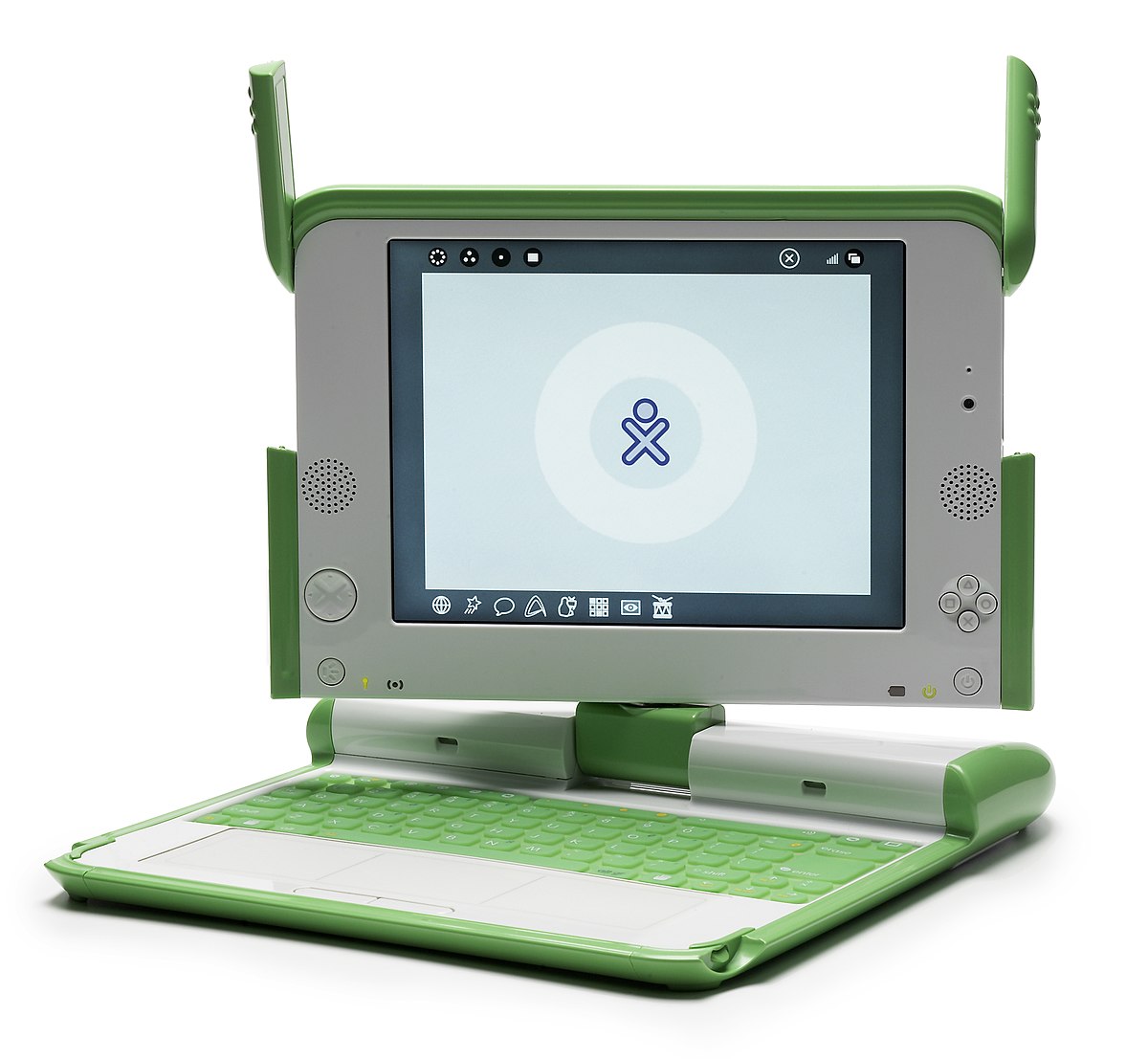When do you think x86 computers became "black boxes" that are no longer yours to work with and own? I would say it was when the Intel ME and AMD PSP were introduced. I think the state of modern consumer computing is terrifying. The ironic thing is that the IBM PC architecture succeeded because it was open. Now it has just been completely closed up again. My ideal future computing architecture would be RISC-V based, with standardized support chips, memory layout, expansion slots, ports, graphics, and firmware. Considering how the IBM PC was thrown together in under a year, someone should be able to throw together a next-gen open standard using already available components in just a few years.




